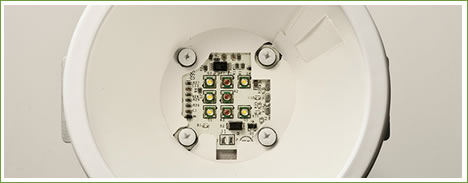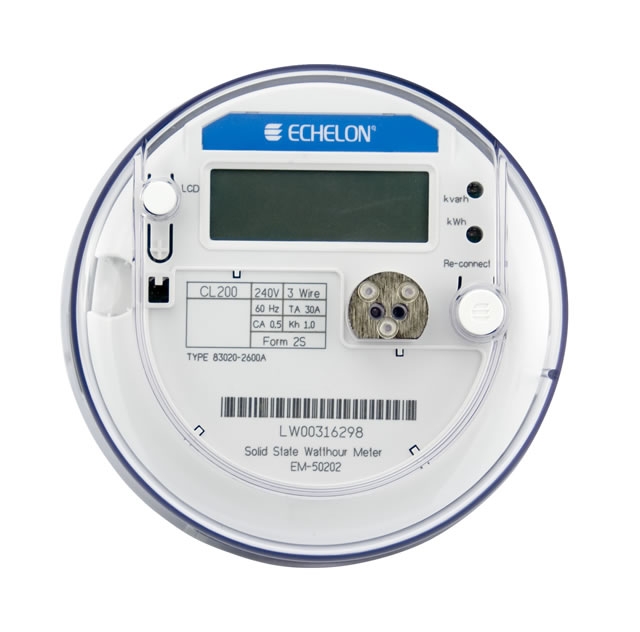Tuesday, April 13, 2010, 11:29 AM
Posted by Administrator
Posted by Administrator

GE has announced a 40 watt equivalent replacement bulb that uses LED technology for the light source. At a draw of only 9 watts to create the light, it is about 10% more efficient than a CFL for the same job. LED's do not contain Mercury and are therefore a greener choice in lighting.
While I am excited about this because it will lead to cheaper LED alternatives, I am sad about the current planned asking price. GE expects the bulbs to sell for around $40. A CFL with the same light output would be about $1 to $7 depending on the brand and store.
Although the life of a lightbulb is described in years, the average number of hours matters as well. GE says the new bulb will last 17 years with an average of 4 hours daily use. This means the new bulb should last about 24,800 hours, or 2.5 times as long as the equivalent CFL. Even at $7 for a CFL equivalent, the new LED costs more than twice as much for the same amount of useful hours.
I can't wait for this technology to become more mainstream. I remember in the 1990's there was a huge push toward CFL's and the prices were driven down dramatically by subsidies. This is the push LED needs if it is to become the new standard bulb in our daily lives.
Follow the related link below for more information.



 Calendar
Calendar




